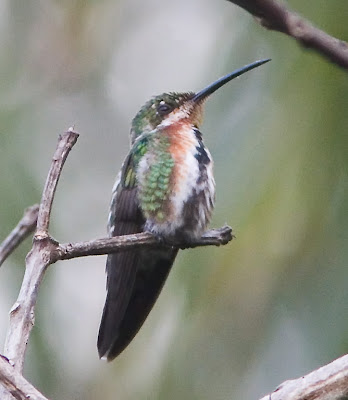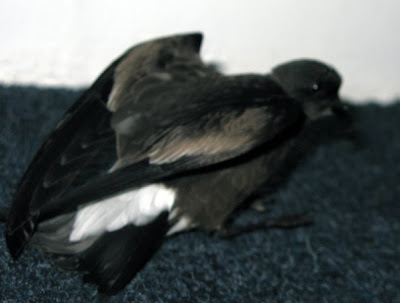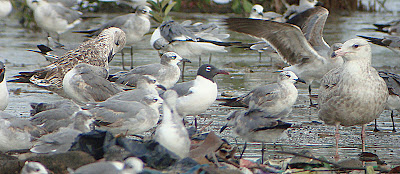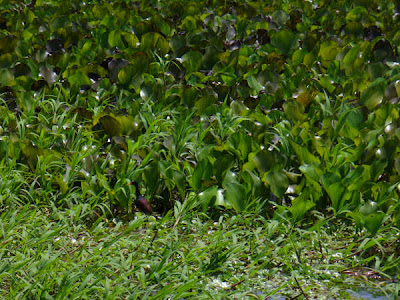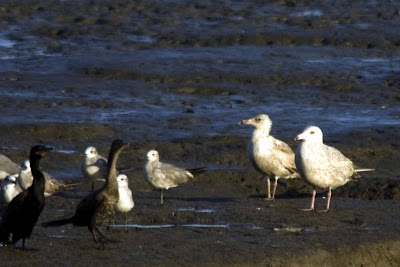Last weekend, a small group of brave Panama Auduboners headed on an exploratory trip to Miguel de La Borda and the recently-declared Donoso Protected Area. El viernes en la tarde, en los alrededores del pueblo, como a eso de las 4 pm nos encontramos con varios Veraguan [?—see below] Mangos (no menos de 4 manchos, 1 hembra). Les adjuntamos fotos de los colibríes. El sábado en la mañana, como a eso de las 8:00am, en el Río Miguel de la Borda nos encontramos con varias decenas de Turkey Vultures migratorios que, al parecer, pasaron la noche en los potreros aledaños al río. Te adjuntamos una foto también. Adicional, nos tocó observar el viernes, sábado y domingo grupos pequeños de vultures migrando. Esa misma mañana, el el sendero de Quebrada El Caño, a diez minutos del pueblito de Guásimo (a orillas del río Miguel de La Borda) nos encontramos con un pequeño bosque de heliconias donde observamos a un Bronze-tailed Plumeleteer posado. Más arriba, en el mismo sendero observamos unos


